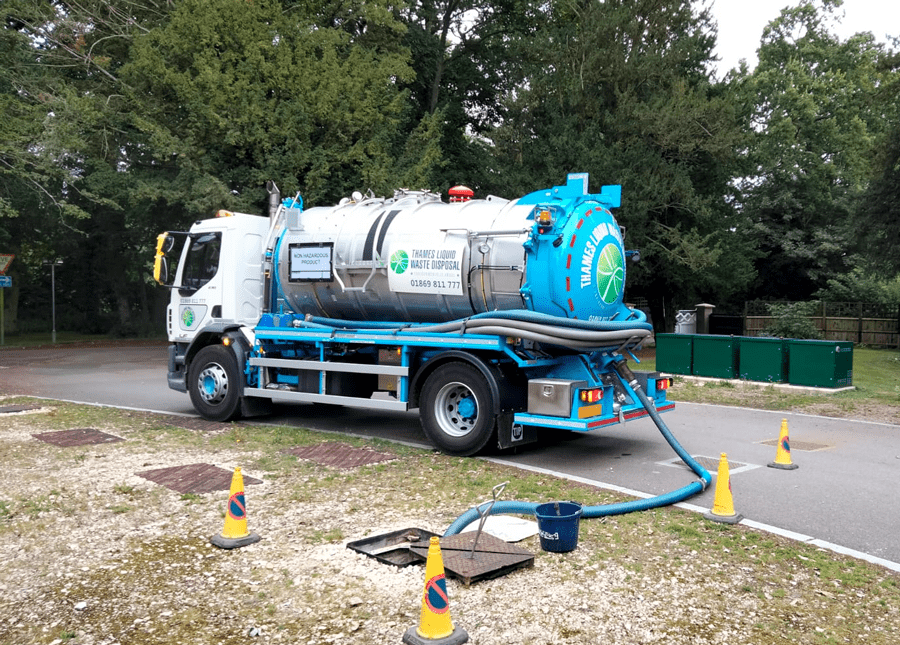Reclaim Waste Things To Know Before You Get This
Reclaim Waste Things To Know Before You Get This
Blog Article
Excitement About Reclaim Waste
Table of ContentsEverything about Reclaim WasteReclaim Waste for BeginnersRumored Buzz on Reclaim WasteThe Single Strategy To Use For Reclaim WasteReclaim Waste - Truths
Discover the types, occurrences, and types of liquid waste. Residential sewer waste refers to the waste and products from a residential septic system. This kind of waste is created by human beings in homes, schools, and various other structures. This only includes septic systems that have a drainpipe area. The proper monitoring and disposal of domestic sewer waste require fluid waste to be transferred to a sewer therapy plant where the appropriate methods and tools are applied to cleanse and take care of waste.
Industrial waste frequently consists of possible hazards, such as combustible products or a blend of liquid and solid waste products, and calls for a much more innovative and comprehensive disposal process. The disposal of industrial waste commonly entails the filtration of waste prior to transportation to guarantee secure and proper disposal. Industrial waste is produced from byproducts and runoff of industrial processes and manufacturing.
This kind of waste can not use the exact same sewer management transport or procedures as septic or industrial fluids. The hazardous waste monitoring process requires the inspection and screening of fluid waste prior to it goes through the disposal process (liquid waste disposal melbourne). Runoff waste is the liquid waste that comes from drainage and excess stormwater in extremely booming locations or cities
Overflow waste can cause contamination and flooding if not handled properly. Making sure appropriate waste management can protect against calamities and decrease ecological injury.
The smart Trick of Reclaim Waste That Nobody is Talking About
Get in touch with PROS Services today to learn more about our waste administration and disposal solutions and the correct means to take care of the fluid waste you create.
(https://www.storeboard.com/reclaimwaste2)Do you know what takes place to your water when you pull the plug, purge the bathroom or drain the cleaning machine? No? Well, it deserves knowing. This so-called 'wastewater' is not only a crucial resource but, after treatment, will be launched to our land, rivers or the ocean. Made use of water from commodes, showers, bathrooms, kitchen sinks, laundries and commercial processes is recognized as wastewater.

water used to cool machinery or tidy plant and equipment). Stormwater, a form of wastewater, is drainage that flows from agricultural and metropolitan locations such as roofings, parks, yards, roadways, courses and rain gutters right into stormwater drains, after rainfall. Stormwater flows unattended directly to neighborhood creeks or rivers, eventually reaching the sea.
Getting My Reclaim Waste To Work
In Queensland, a lot of wastewater is treated at sewage treatment plants. Wastewater is moved from domestic or industrial sites through a system of sewers and pump terminals, understood as sewerage reticulation, to a sewage therapy plant.
The Department of Natural Resources encourages regional governments concerning handling, operating and preserving sewage systems and treatment plants. In unsewered locations, neighborhood federal governments might call for homeowners to install individual or family sewage therapy systems to deal with residential wastewater from bathrooms, kitchen areas, restrooms and laundries. The Department of Natural Resources authorises the use of family systems when they are shown to be effective.
The majority of stormwater gets no treatment. In some brand-new class, therapy of some stormwater to get rid of trash, sand and gravel has started utilizing gross contaminant catches. Wastewater treatment takes place in four phases: Gets rid of solid issue. Larger solids, such as plastics and various other objects mistakenly discharged to sewers, are gotten rid of when wastewater is gone through screens.
Wastewater then streams into big tanks where solids work out and are gotten rid of as sludge. Grease and residue are skimmed from the surface area. Utilizes little living organisms understands as micro-organisms to damage down and eliminate continuing to be dissolved wastes and fine fragments. Micro-organisms and wastes are incorporated in the sludge. Eliminates nitrogen and phosphorus nutrients that can cause algal flowers in our rivers and intimidate aquatic life.
The Reclaim Waste Statements
Nutrient elimination is not offered at all sewage treatment plants since it requires pricey specialized tools. Clear fluid effluent created after therapy may still contain disease-causing micro-organisms - liquid waste disposal.

A lot of wastewater flows right into the sewerage system. Under the Act, neighborhood governments carry out approvals and licences for ecologically pertinent activities (ERAs) including Bonuses wastewater releases that may have a local influence.
The 30-Second Trick For Reclaim Waste
Tracking gives factual details concerning water quality and can verify that licence conditions are being fulfilled. The details gotten via tracking gives the basis for making water top quality choices.
Report this page